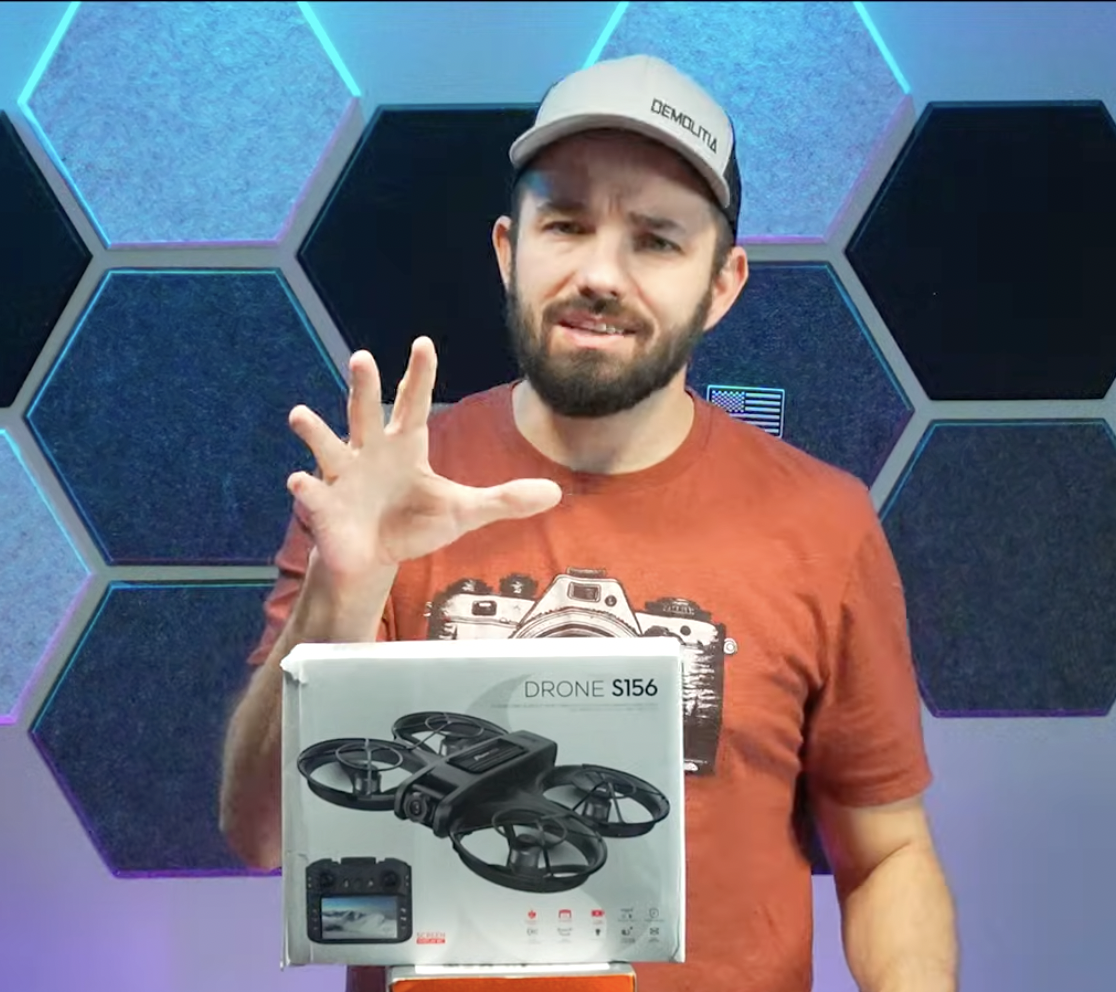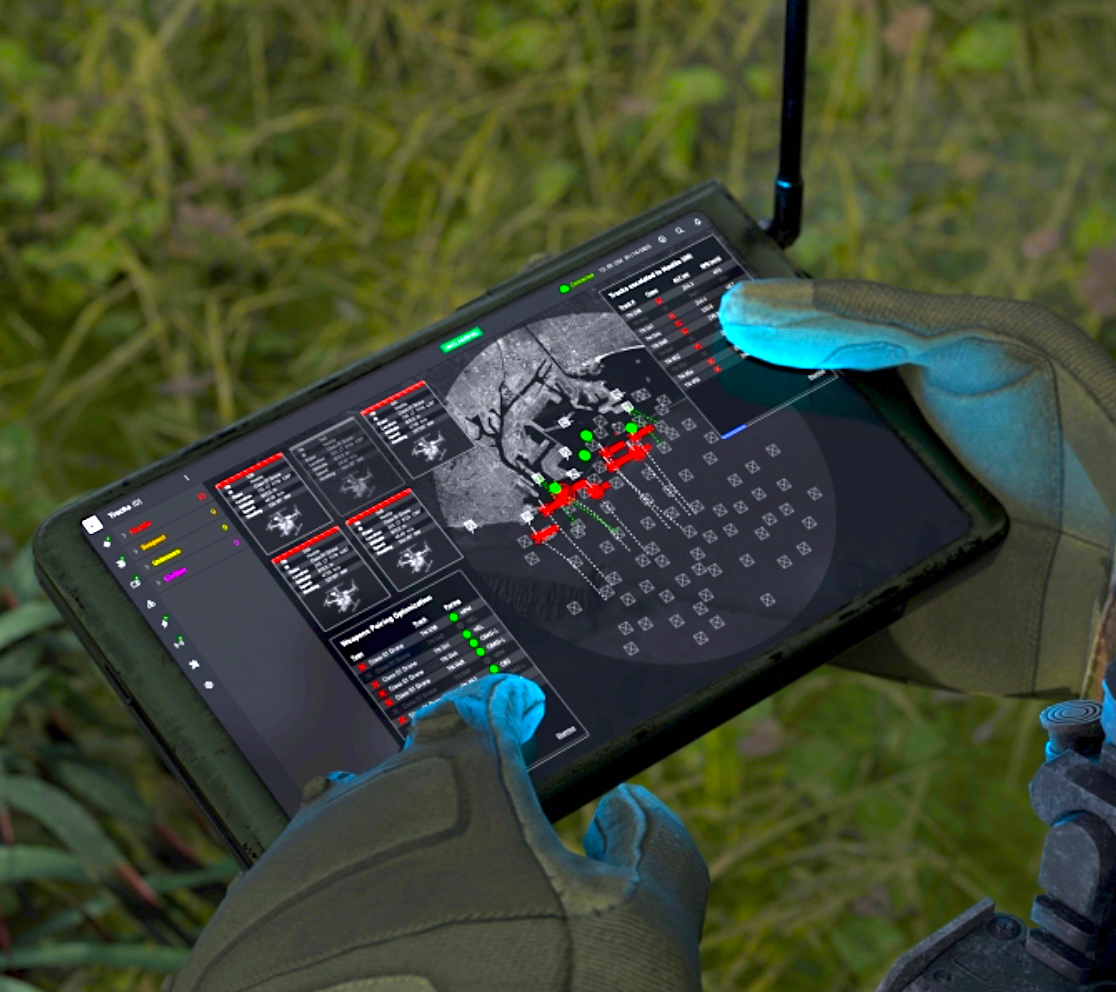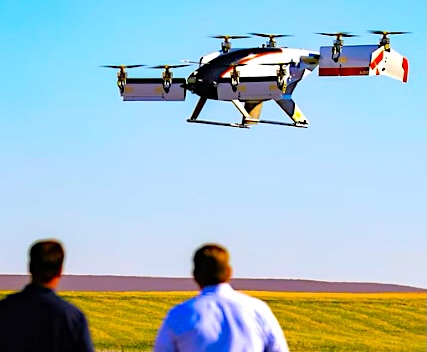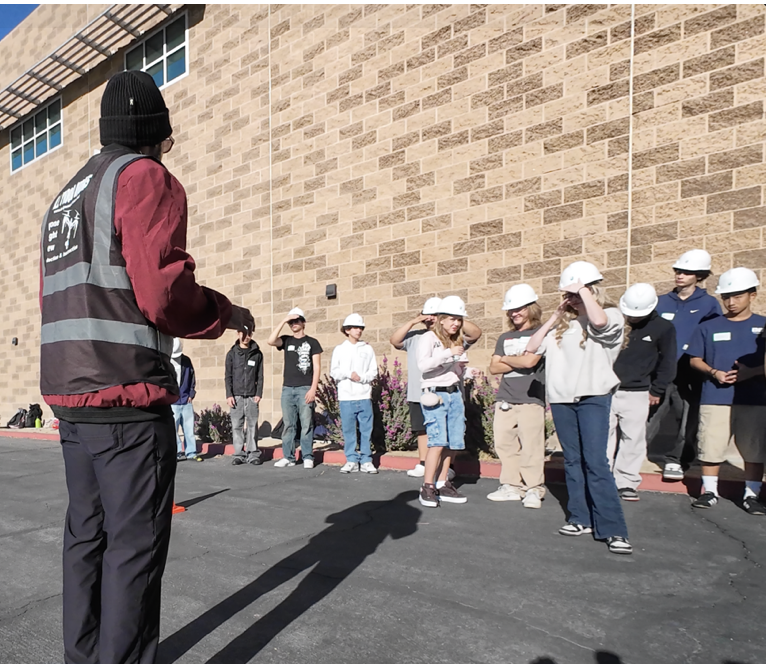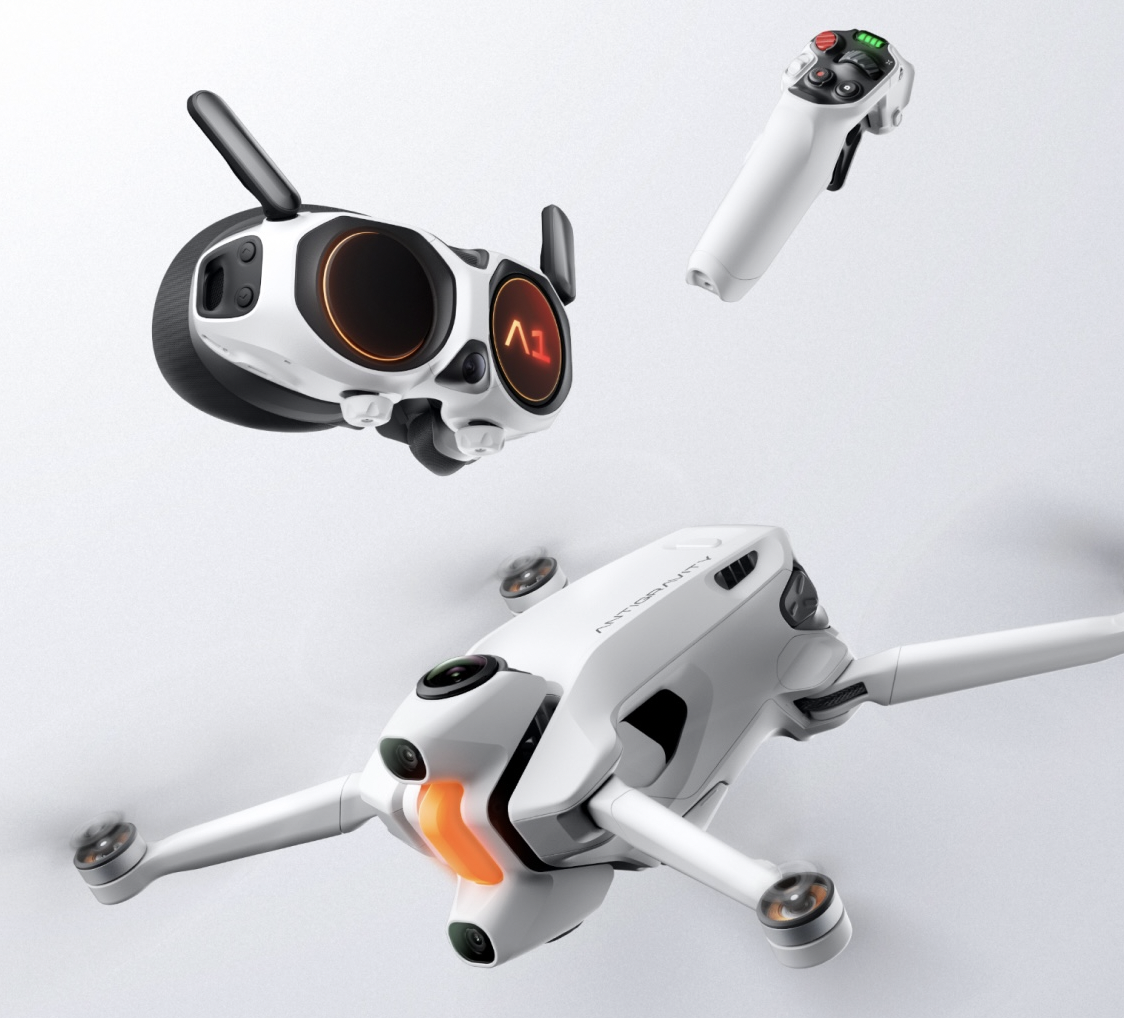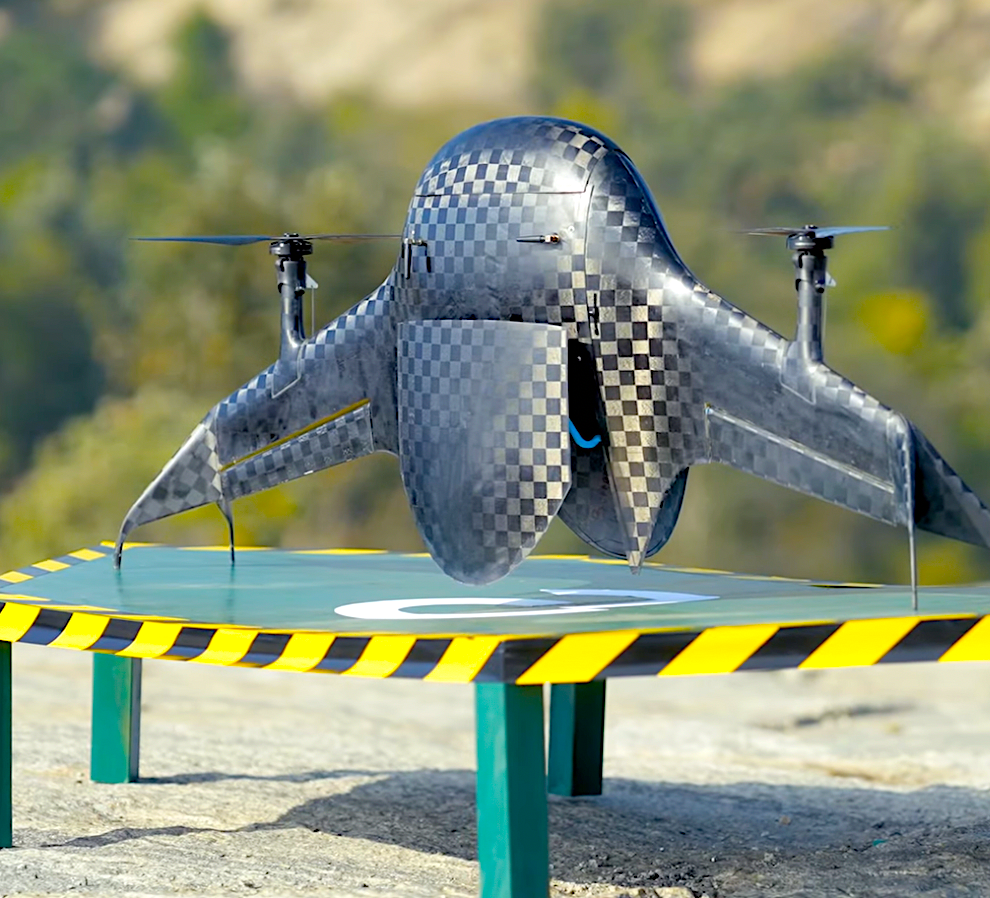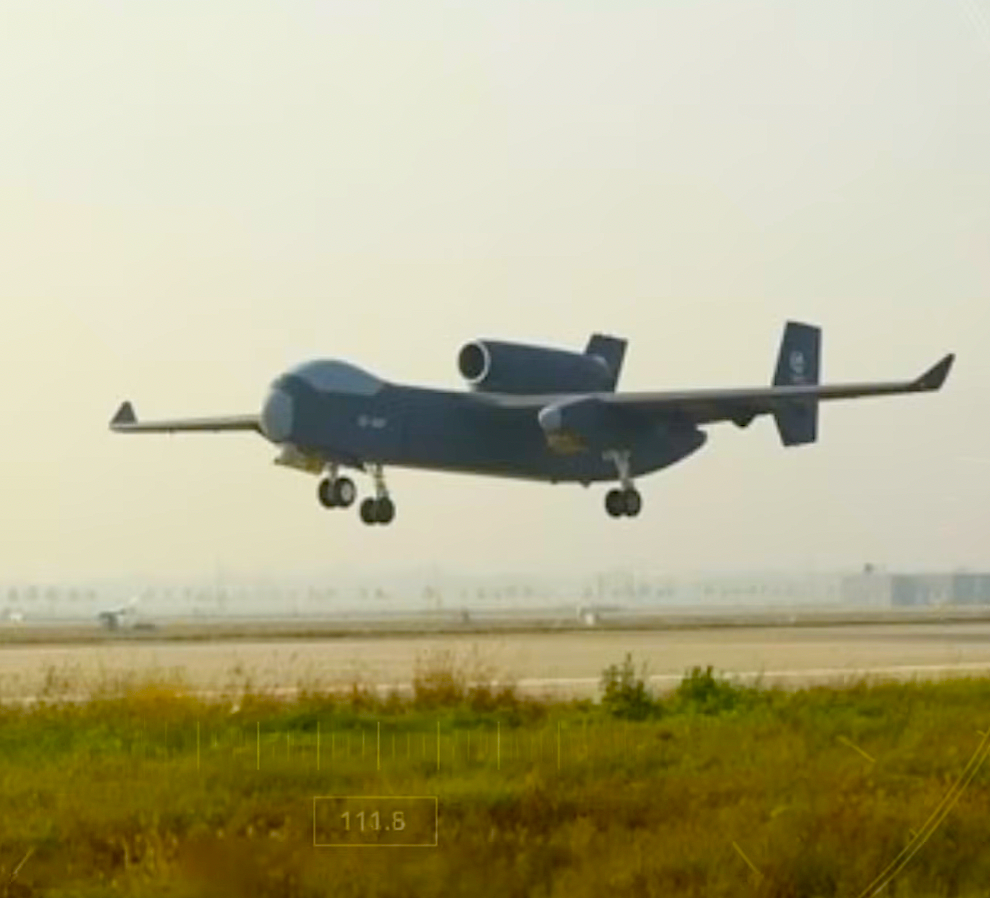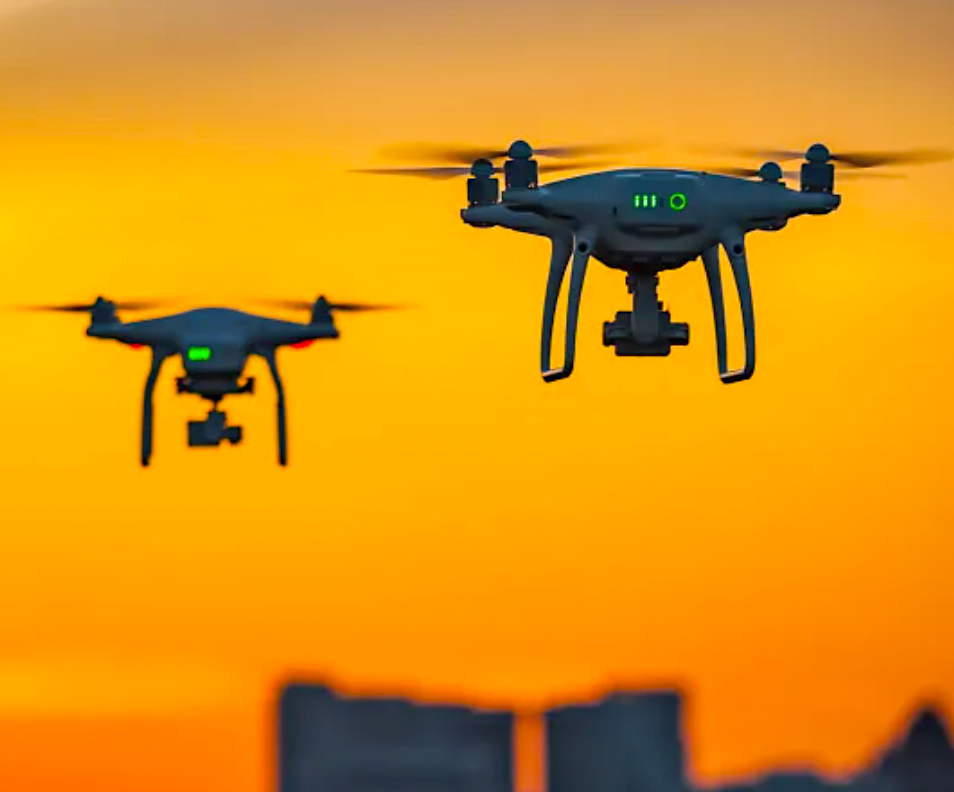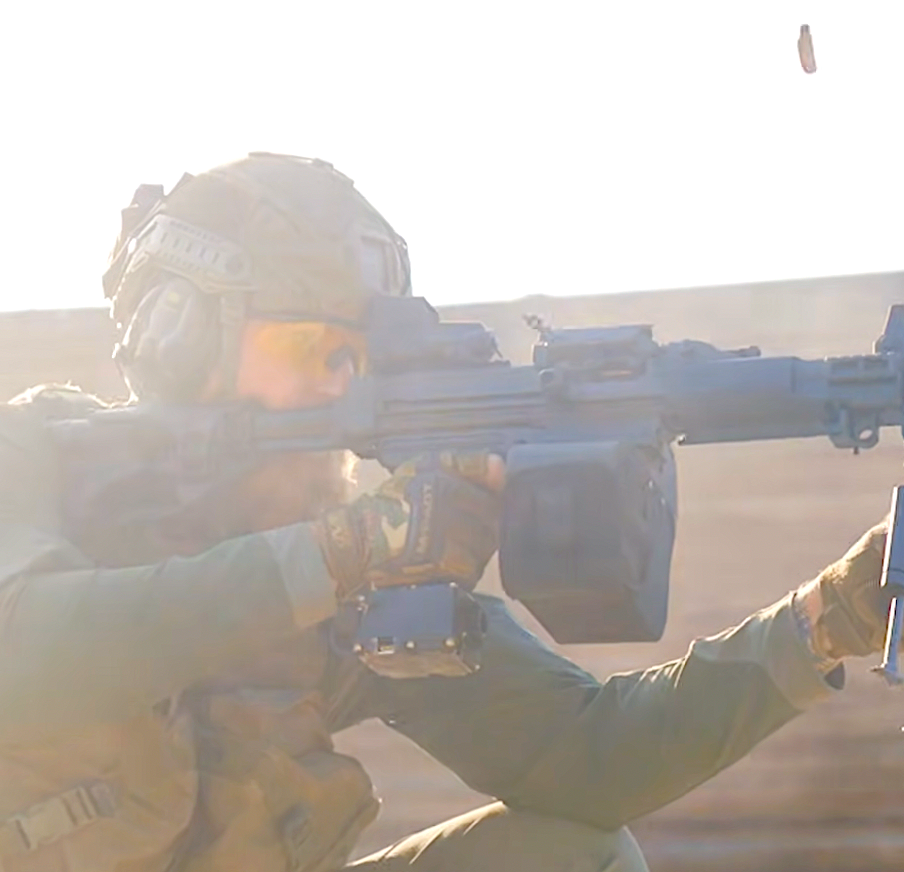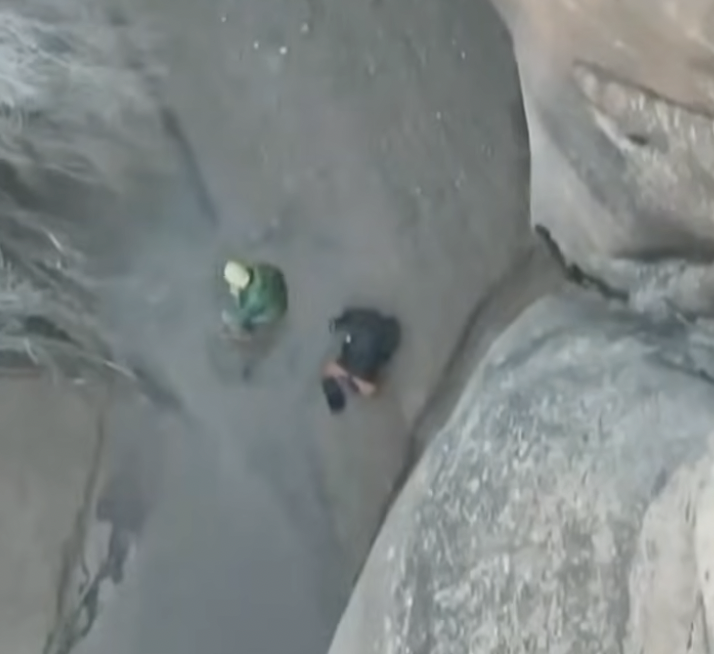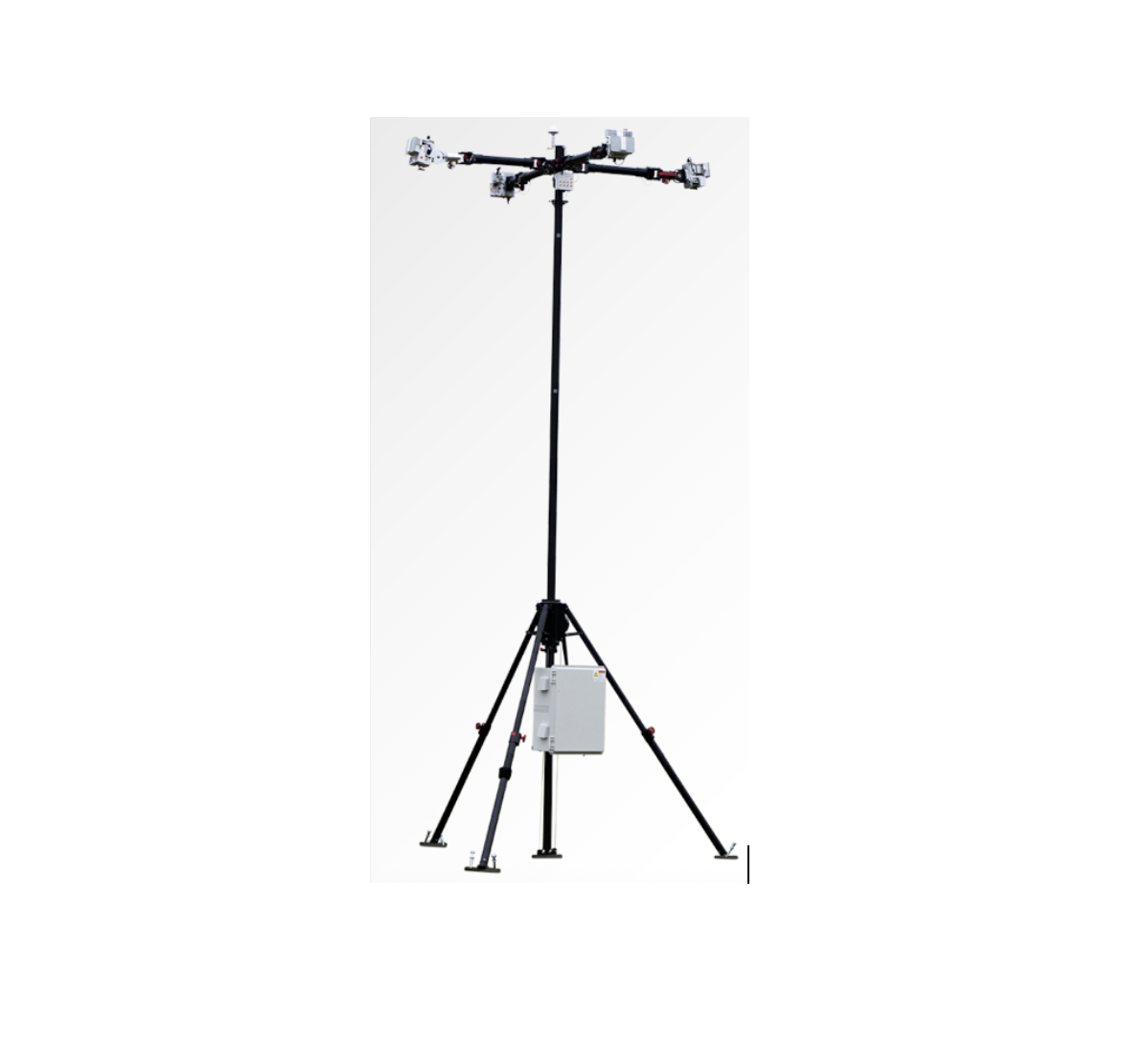Product NewsDrone DeliveryEnterprise DronesA2Z Drone Delivery Expands Commercial Delivery Drone Fleet
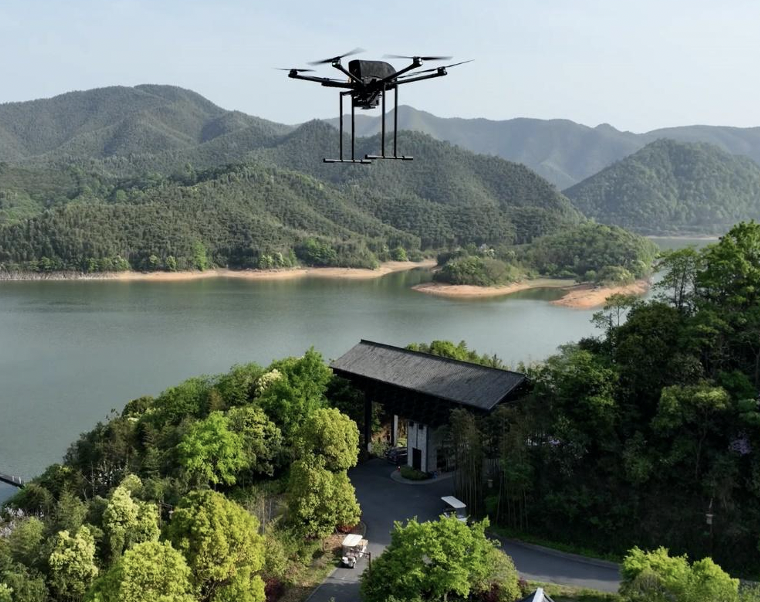
16 October 2023
This year has been one of expansion for A2Z Drone Delivery, Inc, developer of commercial drone delivery solutions. Earlier this spring, the company announced a new long range commercial delivery drone, the RDSX Pelican which is already landing with customers ready to deploy the platform throughout the United States. To augment the long-range capabilities of the Pelican, A2Z Drone Delivery also recently launched the next addition to its growing drone fleet, the second generation of its RDST integrated cargo drone, the RDST Longtail.
The Longtail features the company’s factory-integrated RDS2 drone winch enabling payloads to be deposited safely from altitude where spinning rotors are kept far from people and property. The RDST Longtail hexacopter design is available in Standard configuration offering a 20 km maximum range, and a rainproof Premium version offering a maximum range of 26 km. With no need for specialty payload boxes, the RDST Longtail is able to auto-release shippers’ own boxes without the need for a recipient to be on site to receive the payload. Like the Pelican, the Longtail was designed to meet the 55-pound FAA max takeoff weight requirement, and features a factory-integrated remote ID beacon.
With its integrated drone delivery winch, the RDST Longtail offers drone service providers and logistics operators an off-the-shelf, ready-to-fly delivery UAV for last mile delivery. Delivering or retrieving payloads up to 5 kg over a distance of 11 km, the RDST Longtail is the ideal delivery drone for local parcel or food delivery, emergency medical deliveries, drone-born water sampling programs, offshore logistics, search and rescue operations, open mines, solar farms, and more.

The latest addition to the A2Z Drone Delivery fleet, the RDST Longtail continues the company’s focus on addressing consumer-protection concerns with burgeoning residential drone deliveries. By conducting deliveries from altitude, A2Z Drone Delivery’s solutions protect recipients from spinning UAV propellers, while mitigating privacy concerns of low-flying drones and abating intrusive rotor noise. Depositing payloads from altitude also keeps the UAV high above trees, power lines and buildings enabling longer sight distances for missions requiring visual line of sight.
“In upgrading our off-the-shelf RDST platform, we’ve streamlined the overall design and upgraded the propulsion system, but the most sought-after upgrade from customers has been the rainproofing built into our new RDST Longtail Premium edition,” said Aaron Zhang, founder and CEO of A2Z Drone Delivery, Inc. “The RDST Longtail is further democratizing commercial drone delivery by allowing businesses of any kind to quickly and easily launch a drone logistics operation from delivering parts to offshore energy platforms, to deploying live-saving medical equipment to first responders right on scene. As residential parcel delivery continues to expand, the RDST Longtail is positioned as an accessible flight platform for the proliferation of this cost-saving, more eco-conscious last-mile delivery method.”
The A2Z Drone Delivery RDST Longtail Standard starts at $20,000, and the RDST Longtail Premium starts at $27,000. The new off-the-shelf drone packages can be purchased through the company website.
Autonomous Drone Delivery with the A2Z UAV Fleet
Developing flight platforms that can efficiently and reliably execute the diverse missions its customers require is only part of the development underway at A2Z Drone Delivery. The company is also pushing the boundaries of autonomous delivery. While pilot oversight of delivery drones will always be necessary, autonomous mission capabilities streamline the pilot’s job.
A2Z’s solution for this challenge is built into its pilot ground station. The A2Z Ground Control Station (A2Z QGC) integrates flight and winch commands with airframe telemetry for accurate navigation and delivery. Its integrated open-source Q Ground Control mission planning software is capable of conducting pre-planned automated delivery missions without needing to land.
For pilots conducting deliveries in the field, they simply input delivery destinations on the Ground Station’s touch screen display. They can then add waypoints along the way if the drone needs to avoid known obstructions or no-fly zones. With a payload connected to the A2Z drone winch, the operator simply taps the “launch mission” button, and the drone autonomously takes off and navigates the pre-planned route. Once on station at its delivery location, the drone assumes a safe hover altitude, and the payload is lowered to the ground. The A2Z auto-release mechanism deposits the payload when it touches down. This allows payloads to be delivered without personnel having to wait for the delivery. Once it has reeled the tether back up, the drone will automatically return along its prescribed route and touch down back at the operations base.
Customers Take Delivery of A2Z’s Long Range RDSX Pelican
Earlier this spring, A2Z Drone Delivery announced the release of its flagship commercial delivery drone, the RDSX Pelican. At the recent Commercial UAV Expo, where The Droning Company team caught up with A2Z CTO Evan Hertafeld, the company showcased the final production model of the Pelican that is now being delivered to initial pre-order customers in the United States.
The Pelican’s hybrid VTOL design combines the stability of a rotor lift aircraft with the long-range capabilities of a fixed wing airframe to extend the range and payload capacity of the UAV to handle up to 5 kg payloads on up to 40 km routes. Designed to reduce the cost-per-kilometer of drone delivery, the Pelican is one of the only delivery drones on the market capable of delivering such payloads at such distances. Overall, the Pelican delivers the efficiency, payload capacity, and reach needed to scale a commercial drone delivery operation.
Before customers take delivery of any A2Z commercial delivery drone, their pilot team completes a comprehensive hands-on training course in their new flight system. The training course developed by the A2Z Drone Delivery team ensures pilots are familiar with every aspect of the new delivery drone. While most seasoned pilots are accustomed to the flight characteristics of a traditional multi-rotor UAV or a fixed wing craft, for most taking the sticks of the Pelican, it will be the first time they have piloted a vertical takeoff and landing (VTOL) craft. To help make this transition as seamless as possible, the Pelican hovers no differently than any other coaxial octocopter ensuring seasoned multi-rotor pilots feel right at home at the controls. During forward flight, the tail rotor kicks in and flies like a fixed wing.
The A2Z training curriculum covers initial pre-flight checks of propeller orientation, battery voltage, communications between the ground station and the UAV, etc. Once the pilots have been checked out on the delivery drone, it’s time to go to work. The training team begins with basic maneuvers without a payload slung below the craft to learn the basics of piloting the aircraft.
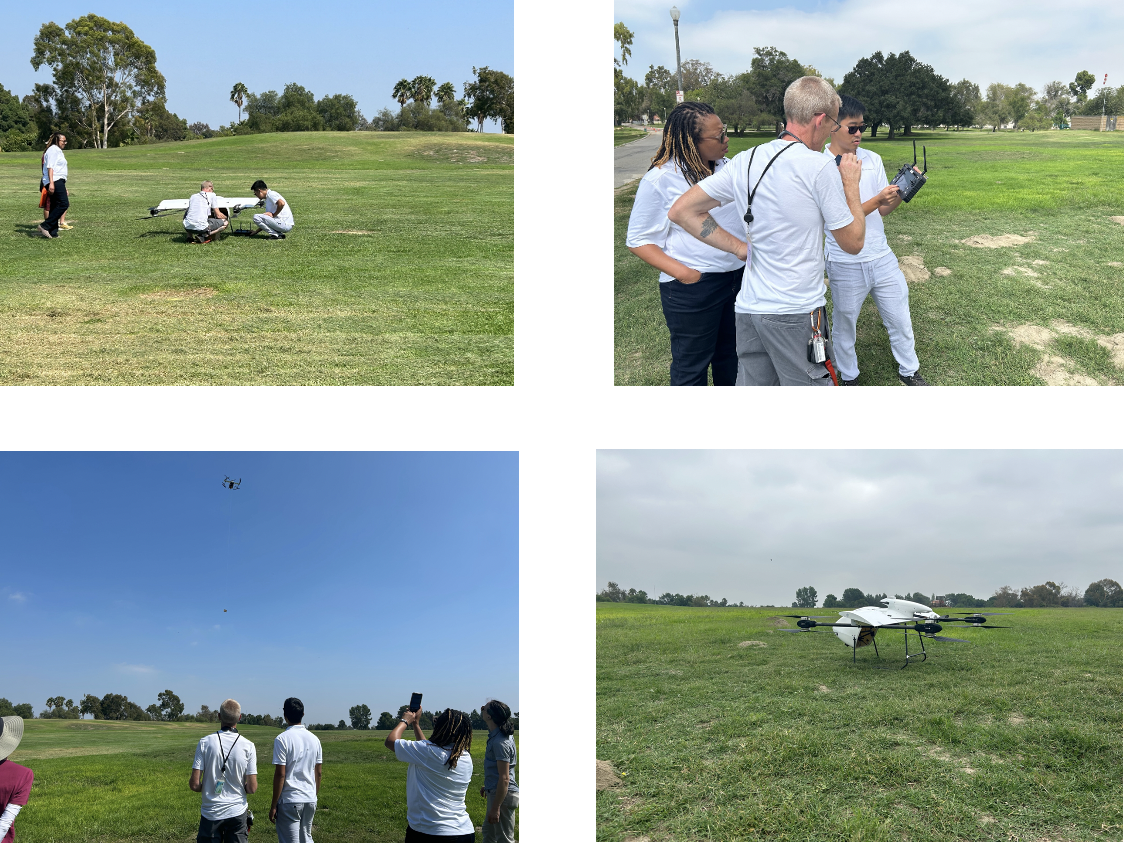
Operators then learn how to properly load payloads onto the A2Z winch. The team reviews the extensive redundant safety measures integrated with the Rapid Delivery System such as the payload monitoring system, passive payload lock, and tether abandonment should it become inadvertently entangled. They then learn how to manually operate the winch before practicing basic maneuvers with a payload aboard the delivery drone. Once they are comfortable with manual flight, the training turns to the user interface for the autonomous delivery capabilities.
The team finalizes the training with the new pilots simulating multiple payload delivery missions. They load their own payloads, input pre-planned routes, and conduct autonomous deliveries. At times, the instructor will simulate an unexpected system failure requiring the pilots to take manual control of the mission in order to complete the delivery and return to the operations base. By simulating these scenarios, customers can be comfortable that they are ready to take to the skies for their own drone delivery operations.
